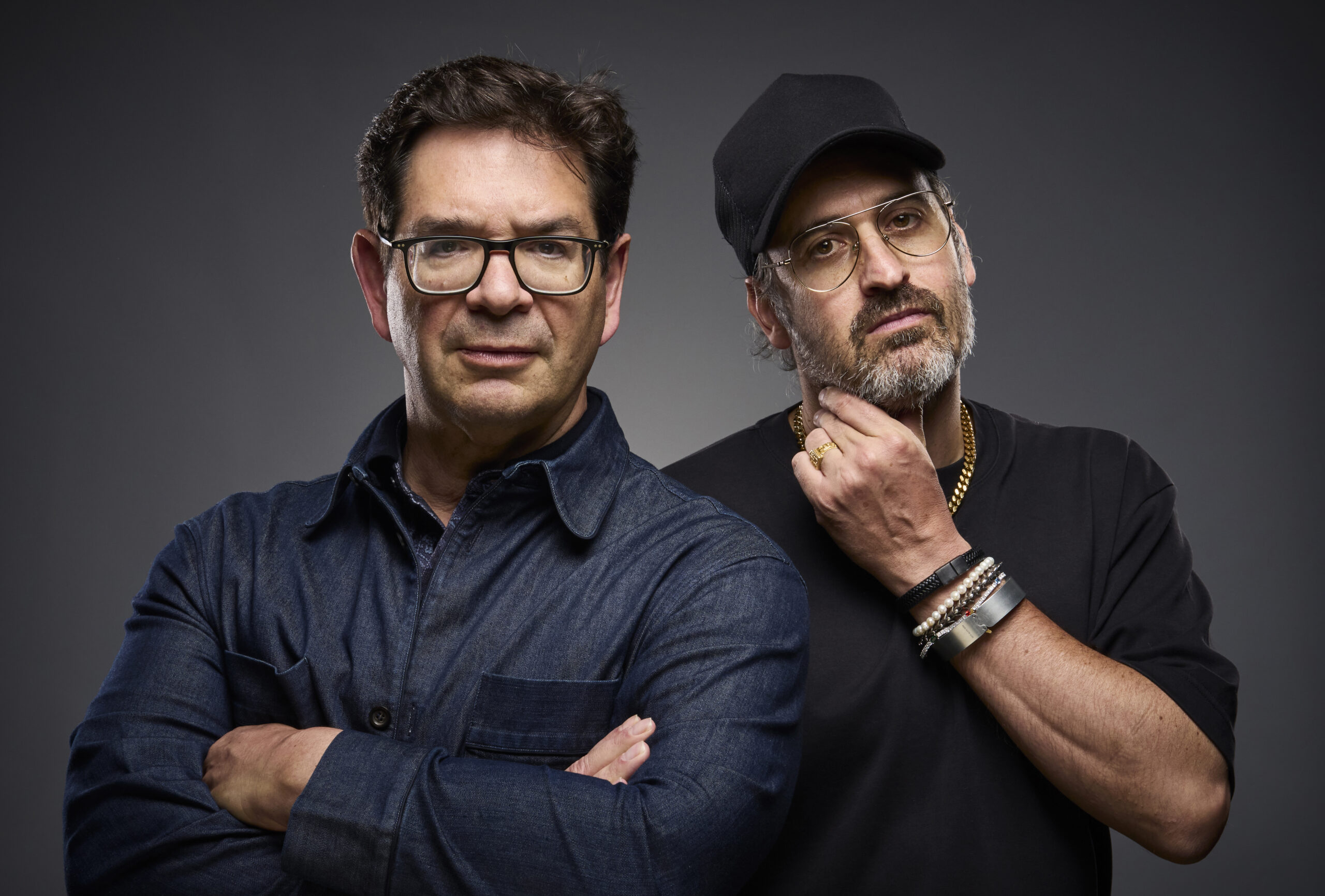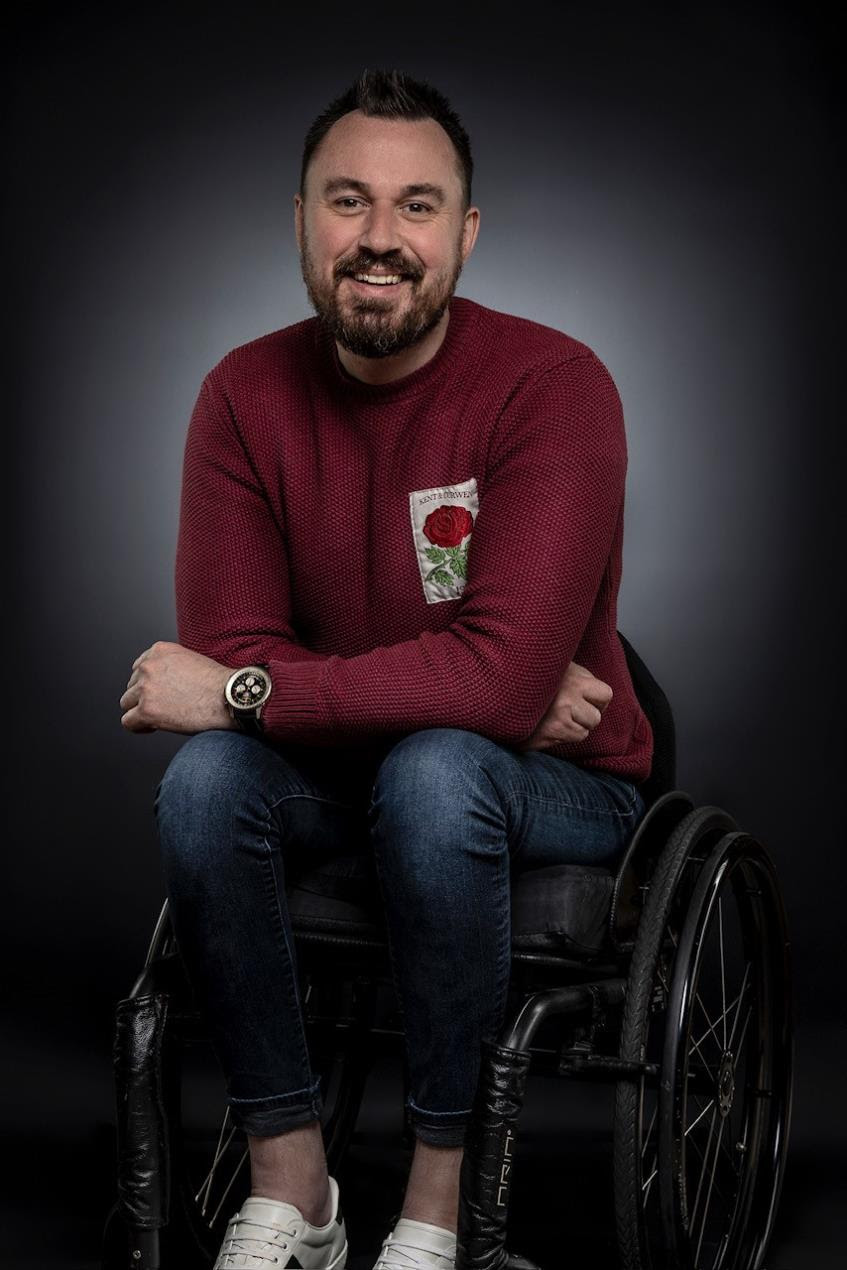For anyone seeing Super/Man: the Christopher Reeve Story, which has its UK Cinema release on Friday 1 November, prepare to be inspired and taken on an emotional rollercoaster. But does it show the realities of living with spinal cord injury? For those affected, the jury is out. However, Spinal Injuries Association says the film is stark reminder of the fact that for the 105,000 in the UK living with this cruel impairment, there is still a long way to go in terms of research, care, and treatment.
Super/Man: the Christopher Reeve Story
Super/Man: the Christopher Reeve Story is a tale of a movie star, a superhero of the screen, who one day had a freak accident that changed his life forever. His high-level spinal cord injury meant that he was paralysed below the neck, affecting his mobility, breathing, his bowels, bladder, and sexual function.
Despite this, Christopher Reeve inspired countless others with how he continued to find purpose in the darkest of times as he fought for nine years to improve his condition and that of others until he died suddenly in 2004 of heart failure.
His family, and in particular his wife Dana, have been described by many as equally heroic, as they provided endless support and care. Dana is credited with rescuing him from the depths of despair when he contemplated suicide following the accident.
Reaching the depths of despair is something that many of the 105,000 living with spinal cord injury in the UK today have experienced, according to Spinal Injuries Association.
The public’s perception of this life changing injury is little understood and is seen by many as defined by one word ‘paralysis’, yet those who live with spinal cord injury can live the life of their choosing despite the many barriers that they have to overcome just to manage their condition on a daily basis and many do.
There are barriers
However, as well as paralysis, those with spinal cord injury face a multitude of medical complications, including nerve damage, chronic pain, respiratory issues, and loss of bladder, bowel, and sexual function.
Faced with such changes to their body, as well as isolation and loneliness, strained relationships, and lack of accessibility, many would have had the same thoughts as Christopher Reeve about ending it all. Spinal Injuries Association’s latest What Matters? report shows that nearly 70% of respondents had experienced mental health problems and 39% faced suicidal ideation following injury.
According to Spinal Injuries Association, more and more people with spinal cord injury are facing a health and social care crisis due to the lack of specialist care available outside of the spinal centres.
So, at the point that Christopher Reeve was pushing himself to find a cure, many were unable to access the right wheelchair, the benefits they needed or the specialist healthcare.
Mixed opinions on Christopher Reeve’s approach to spinal cord injury
Some of this has led to criticism by the disabled community about his focus on cure. Ella Beaumont, who worked as a researcher on Super/Man: The Christopher Reeve story and who was born with a spinal cord injury, said:
I think the stem cell research was amazing because he changed a lot for spinal cord injury in that sense. But I think he spent, in my opinion, the last few years of his life just pushing his body so much because he wanted to walk again and with such a high level of injury, was that realistic?
I don’t really think so. In that sense, it sometimes also gave people false hope because they saw that Christopher Reeve was aiming to walk again, so why can’t they aim to walk again? When realistically, was that going to be possible at that time?
When you’re always striving to have what you don’t have, sometimes that implies to me that you’ve not accepted what you’ve got currently.
Director Ian Bonhôte and producer Peter Ettedgui have a different take on Christopher Reeve’s actions, viewing his pursuit for a cure as heroic. Peter said:
I read a paper that someone had written when we were just doing the research where basically they cast him as the ultimate all time villain. On a visceral level I couldn’t understand it because if you do suffer a horrific accident your first instinct is how do I recover from this? So of course you can understand that in his own life.
But what is for sure is that he realised that he wasn’t just doing it for himself but for all the others in the US in a similar situation. To help make those advances available to people for the greater good.
Ian added:
Take his breathing, anything that meant he was able to breathe unassisted would have made a huge change to him and his family, to the costs involved and also some more privacy with his family without round the clock carers. My own opinion is that he may have shortened his life because he pushed himself too much. To find a solution he actually sacrificed himself. Is not that making him even more of a hero?
His work ‘benefitted the community’
Martin Hibbert sustained a spinal cord injury in the Manchester Arena bombing and has since dedicated himself to disability advocacy, even climbing Kilimanjaro to show what is possible.
After watching the film, he said:
What’s striking about the film is its refusal to gloss over the realities of life after a spinal cord injury. Reeve’s story touches on everything from navigating relationships and family to confronting the physical pain and limitations he endured daily.
The film doesn’t paint over these experiences with unrealistic optimism but instead shows how Reeve found purpose in working for the betterment of others in the spinal cord injury community. His work ultimately paved the way for significant advancements in rehabilitation, research, and awareness that have since benefited countless people.
Spinal cord injury: a lasting legacy
This is why the support that Spinal Injuries Association and all charities supporting people with spinal cord injury are more important than ever.
Spinal Research, who has links with the Christopher and Dana Reeve Foundation, are at that forefront of research. Increased awareness about the potential year’s developments into the treatment of spinal cord injury are giving people hope that we will see ground breaking changes that can transform lives.
But it is also important to support people in the UK living with spinal cord injury today to live the life of their choosing right now and support them to overcome the many barriers that are stopping them from achieving that.
Featured image and additional images supplied























